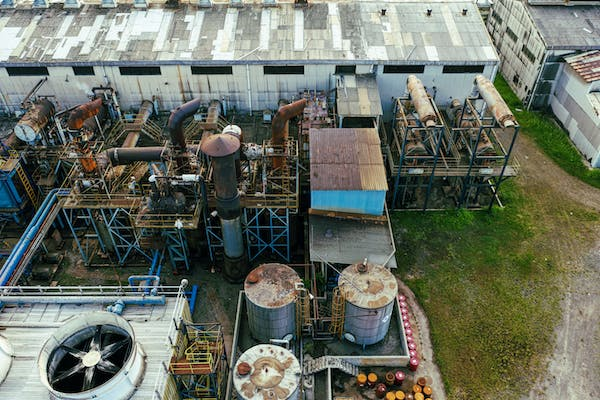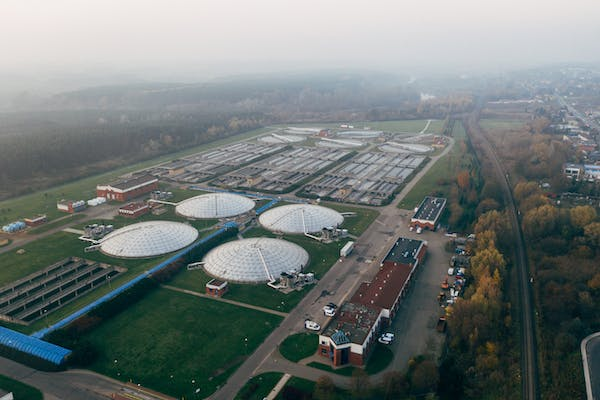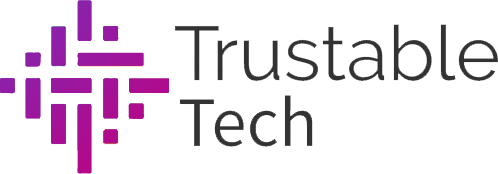In today’s industrial landscape, a wide array of liquids, such as water, chemicals, oil, and fuel, are indispensable resources. Accurate and efficient monitoring of these substances within storage tanks is crucial for the seamless operation of various industries, including agriculture, manufacturing, energy, and environmental management. Traditional methods of tank-level monitoring have long relied on manual measurements and visual inspections, which not only prove labor-intensive but also introduce inaccuracies, inefficiencies, and significant operational risks.
Fortunately, the emergence of IoT (Internet of Things) technology has ushered in a new era in tank-level monitoring, providing real-time, accurate data and enhancing operational efficiency. Here, we will delve into the transformative potential of IoT technology in the realm of remote tank-level monitoring, exploring its features, advantages, and applications.
The Challenge of Remote Tank Level Monitoring
Remote tank level monitoring has historically posed substantial challenges across industries. Traditional practices have entailed personnel making manual measurements or visual inspections of tank levels, methods that are not only time-consuming but also prone to inaccuracies due to human error. Additionally, monitoring remote or hard-to-reach tanks can prove to be a logistical challenge, requiring considerable time and resources.
The IoT Revolution
The advent of IoT technology has brought forth an innovative solution to these longstanding challenges. By integrating IoT sensors and connectivity into tank-level monitoring systems, industries can gain real-time visibility and control over their tank levels. Let’s explore the transformative aspects of IoT technology in this context:
1. Real-time Data and Alerts
IoT sensors, discreetly placed within tanks, continually monitor liquid levels. These sensors collect data and transmit it in real time to a central control system. This setup provides operators with immediate access to accurate, up-to-the-minute information regarding tank levels. Furthermore, IoT systems can be configured to issue automated alerts via email, SMS, or app notifications when tank levels approach predefined thresholds. This timely information empowers operators to take preventative actions, averting costly overflows or shortages.

2. Remote Accessibility
The IoT-enabled tank monitoring system eliminates the need for physical presence near tanks for data collection. Operators can access this information from virtually anywhere with an internet connection. This level of accessibility is especially advantageous when monitoring tanks located in remote or hazardous areas, where human presence can be challenging or risky.
3. Improved Efficiency and Cost Savings
Real-time data and automated alerts provided by IoT technology significantly enhance inventory management. Companies can schedule refills or deliveries with pinpoint accuracy, minimizing downtime and transportation costs. Additionally, this technology reduces the need for manual labor and routine site visits, thus saving both time and money. These efficiency improvements can translate into substantial cost savings and improved productivity.
4. Enhanced Safety and Environmental Responsibility
Precise and timely monitoring of tank levels is imperative for safety and environmental reasons. Overfilling tanks can lead to spills, leaks, and contamination, resulting in environmental fines, potential harm to local ecosystems, and damage to a company’s reputation. IoT technology ensures that tanks are never overfilled, promoting both safety and environmental responsibility.
5. Predictive Maintenance
IoT-enabled tank level monitoring goes beyond the measurement of liquid levels. These systems can also monitor the condition of tanks and identify potential maintenance issues. By collecting data on factors such as temperature, pressure, and corrosion, predictive maintenance can help companies address problems before they escalate into costly equipment failures and downtime.
6. Scalability and Integration
IoT technology is highly scalable and can be seamlessly integrated into existing monitoring systems. Industries can tailor the solution to their specific needs, expanding it as their operations grow. Furthermore, the data collected can be integrated into other systems and analytics tools, providing further insights for informed decision-making.
7. Regulatory Compliance
Many industries are bound by strict regulations governing tank-level monitoring. IoT technology offers a robust data collection and reporting mechanism, ensuring compliance and simplifying the auditing process. This feature ensures that companies can effortlessly meet regulatory requirements, reducing the risk of fines and legal consequences.
8. Environmental Benefits
In addition to enhancing safety and efficiency, IoT technology for tank-level monitoring offers significant environmental benefits. By minimizing the risk of spills and overflows, it helps safeguard ecosystems and natural resources. Accurate resource management, especially in cases involving water and chemicals, supports sustainability efforts and aligns with environmental responsibility and regulatory compliance.
Applications Across Industries
The advantages of IoT-enabled remote tank level monitoring are applicable across various industries:
Agriculture:
In the agricultural sector, the timely management of water resources is vital. IoT technology allows farmers to monitor water levels in storage tanks, ensuring that crops receive the right amount of irrigation.

Manufacturing:
Manufacturers rely on a range of fluids for production processes. Accurate monitoring of raw materials and chemicals ensures the uninterrupted flow of manufacturing operations.
Energy:
The energy sector depends on the storage and management of various liquids and fuels. Real-time monitoring with IoT technology aids in inventory management, minimizes the risk of fuel shortages and enhances safety.
Conclusion
Remote tank level monitoring is a pivotal component of several industries, and the transformation enabled by IoT technology is producing substantial advantages. With real-time data, remote accessibility, efficiency enhancements, and safety measures, IoT technology is revolutionizing the management of tank levels. Implementing IoT-enabled remote tank-level monitoring translates into cost savings, increased operational efficiency, and peace of mind while also supporting environmental responsibility and regulatory compliance.
In summary, the integration of IoT technology into tank-level monitoring is reshaping industries by providing accurate, real-time, and remote access to critical information. With the ability to monitor tank levels efficiently, industries can optimize their operations, reduce costs, and contribute to a safer, more environmentally responsible future.
The future of tank-level monitoring has arrived, and IoT technology is at the forefront of this transformation. Embrace this change, and your industry will benefit from enhanced efficiency, peace of mind, and a greener future.

